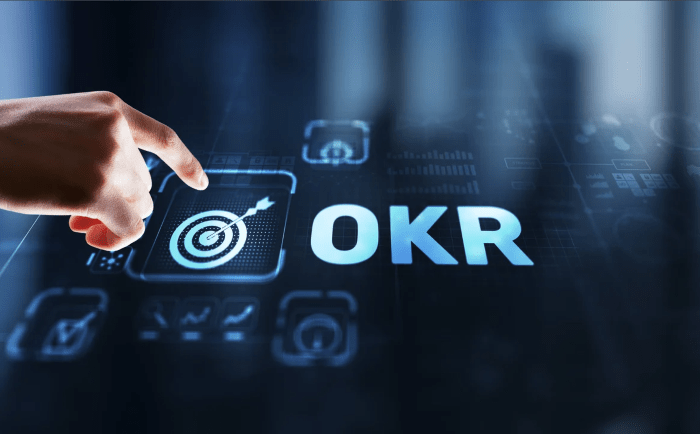Every company wants to grow faster, stay aligned, and keep employees motivated. But in practice, things often get messy. Teams chase different priorities, leaders struggle to measure progress, and strategy meetings turn into debates about which numbers are “right.”
A big reason behind this? Many organizations still try to manage their goals with spreadsheets, slide decks, or a patchwork of project management tools. While that might work at a very small scale, it quickly breaks down as a business grows.
Without dedicated OKR (Objectives and Key Results) software, companies fall into avoidable mistakes that waste time and stall momentum. Below, we’ll break down the five most common pitfalls—and how to fix them.
Mistake #1: Goals Get Stuck at the Top
One of the biggest problems with traditional goal-setting is that objectives often live in the executive suite. Leadership sets a direction, but the message doesn’t trickle down clearly to departments and individuals.
Employees may understand their daily tasks but not how those tasks contribute to the bigger picture. Over time, this creates silos: marketing chases one thing, sales another, and product teams something else entirely.
How OKR software fixes this:
OKR tools make goals visible across the entire organization. A top-level objective like “Expand into new markets” can cascade into aligned OKRs for sales, marketing, and operations. Everyone sees how their work connects to strategy, which reduces confusion and boosts motivation.
Mistake #2: Too Much Focus on Tasks, Not Outcomes
It’s easy to confuse being busy with being effective. Teams without OKR software often measure productivity by activity: the number of campaigns launched, features released, or calls made.
But activity alone doesn’t guarantee impact. You can release ten new product features that don’t move the needle on customer retention.
How OKR software fixes this:
Instead of tracking tasks, OKR platforms emphasize measurable results. Teams don’t just say, “Launch three campaigns”—they say, “Increase inbound leads by 25%.” That shift keeps the focus on outcomes, not just output.
Mistake #3: Slow, Manual Tracking
If your company tracks goals in spreadsheets, you know the pain:
- Someone forgets to update the numbers.
- Different teams use different versions of the file.
- By the time the leadership team reviews progress, the data is already outdated.
This lag creates blind spots and makes it difficult to course-correct when things aren’t working.
How OKR software fixes this:
Modern OKR platforms update in real-time. Dashboards show the latest numbers, so leaders don’t need to chase down updates. If a team falls behind, managers can step in early instead of discovering the issue at the end of the quarter.
Mistake #4: Lack of Accountability
When goals live in scattered documents or presentations, it’s easy for people to forget about them after the kickoff meeting. By the time the next planning cycle rolls around, half the team barely remembers what their objectives were supposed to be.
How OKR software fixes this:
OKR platforms build accountability into the workflow. Weekly check-ins, progress reminders, and visible dashboards keep goals front and center. People know exactly what they’re responsible for—and how they’re tracking against expectations.
Mistake #5: No Clear Connection Between Effort and Impact
Without the right system, companies often struggle to connect day-to-day activities with larger outcomes. This can frustrate employees, who feel like their work doesn’t matter, and it can also frustrate leaders, who struggle to see ROI on initiatives.
How OKR software fixes this:
OKR tools make those connections explicit. When an engineer improves a feature, they can see how that work contributes to “Reduce customer churn by 10%.” That visibility not only improves engagement but also helps leaders double down on what’s working.
Bringing It All Together
The truth is, most of these mistakes don’t come from bad intentions. Companies want to align their teams, measure progress, and deliver results—but without the right infrastructure, chaos creeps in.
OKR software doesn’t just make tracking easier; it changes the way organizations think about goals. It turns objectives from static documents into living, breathing commitments that guide daily work.
If your business is struggling with alignment, accountability, or clarity, it may be time to stop relying on spreadsheets and move to a tool designed for the job. The payoff isn’t just smoother planning cycles—it’s a culture where everyone knows what matters most and can see how their work makes an impact.





